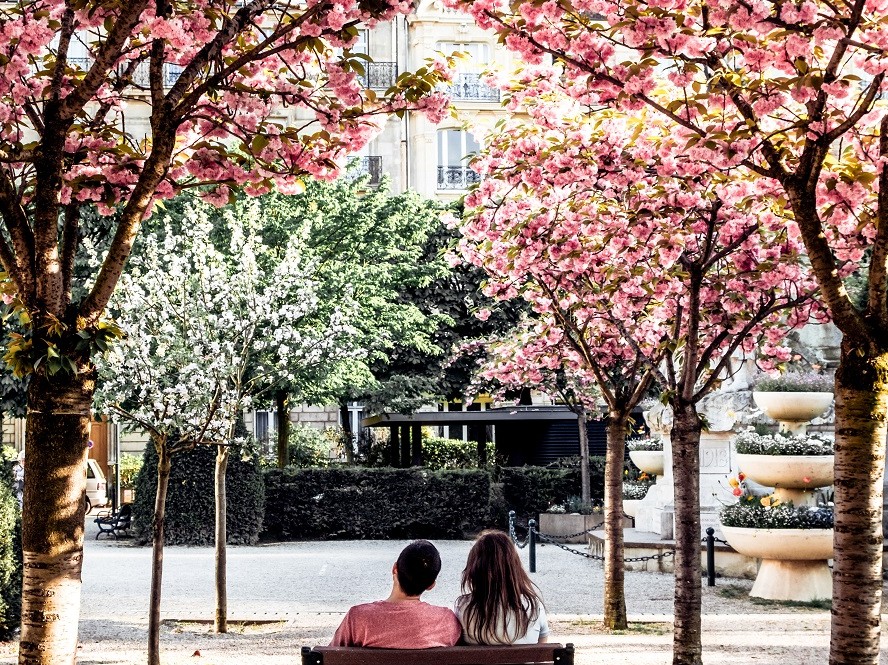Sexism also exists in botany
Urban green spaces provide several benefits beyond aesthetics. They offer shade, help to reduce pollution, offer habitat for birds and insects, a space to meet and socialise or for kids to play. Not surprisingly the choices of plants used to populate these areas are made with these considerations in mind, unfortunately, their allergenicity is not. For those without serious allergies, they may appear to be a small annoyance. In fact, allergies are a serious public health problem causing asthma, rhinitis and skin conditions and they disproportionately affect children. It also appears that this is, in part, a self-inflicted wound, spurred on by the way in which we designed our living spaces. The clearest example of this is botanical sexism, a term coined by horticultural expert Thomas Orgen. It refers to the tendency for urban planners to use male plants because of concerns about the fruit produced by female trees: concerns like higher maintenance, the attraction of pests and the littering of streets with fruit. This bias toward male species leads to massive amounts of pollen, the male reproductive organ of plants, being released into our cities. Orgen studied and campaigned for this issue for nearly 40 years, writing books and developing the first rating system for measuring the potential of a plant to cause allergic reactions in humans, the Orgen Plant Allergy Scale. This idea of quantifying allergenic potential has now been extended to green spaces too with the Index of Urban Green Zones Allergenicity (IUGZA). “The index was created with the aim of assessing the risk of allergic symptomatology in a green area as a function of the plant species that grow in them,” explains Paloma Cariñanos, a botanist at the University of Granada who, along with colleagues, developed the index in 2014. “To calculate the IUGZA, an exhaustive inventory of species is carried out and each plant is assigned values for a series of biological attributes related to allergenicity.” The index parameters consider things like the pollination strategy of the plant, the duration of its flowering and the intrinsic capacity of its pollen grains to generate an allergic response. With this information each species is then assigned an Allergen Potential Value. Recently Cariñanos applied the index to green spaces in 23 cities located in six Mediterranean countries and was able to show that several native ornamental species are some of the main allergy culprits. She also found that bioclimatic characteristics of the territory and design aspects, such as the density of trees and the number of species used, were the variables most likely to impact the IUGZA. Cariñanos stresses however that this work highlighting the causal and aggravating factors of allergies in the population should not be viewed in a negative light. “It is not our intention to generate public alarm or devalue the positive role that parks and gardens have in the urban ecosystem and on the welfare of the population,” she says. “Instead, it is necessary to emphasise this disservice that affects so many people and that generates social, economic and environmental costs.” Areas for improvement according to Cariñanos are the incorporation of exotic species whose allergenicity has not been reviewed, increasing the diversity of species used and, of course, ending the bias toward female plants. Read the full article: https://www.urbangreenup.eu/news--events/news/sexism-also-exists-in-botany.kl
Keywords
Sexism, botany, trees, nature, allergies, health



